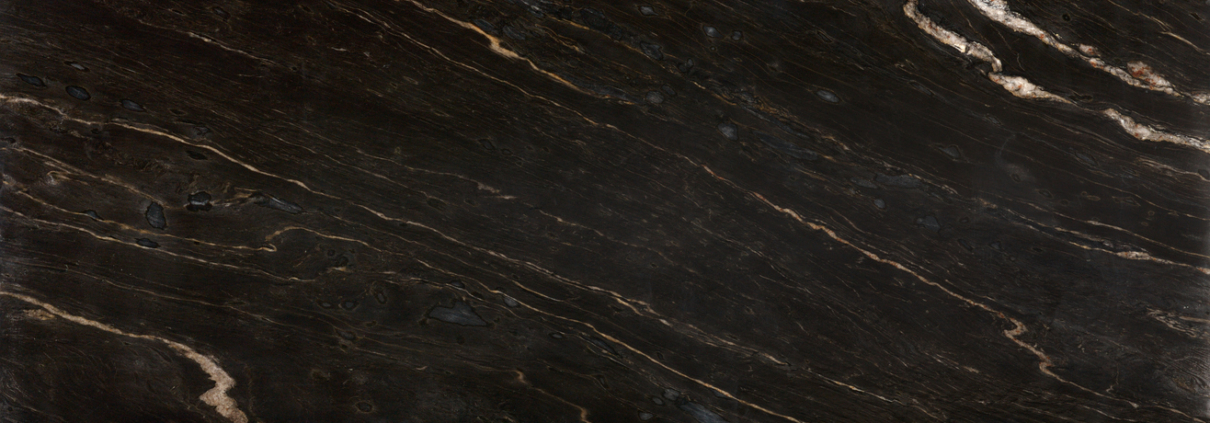What is Onyx?
Stone materials like granite, marble, and quartz are familiar names that you can recognize easily. Other newer stone materials are increasing in frequency of use and popularity, such as neolith, dekton, and onyx. Knowing what makes these stones different and effective can open your insights into the further possibilities for your stone worktop needs! So, what is onyx? Here are a few things to know about this beautiful stone.
Weight
Unlike many stones which are known for their weight in connection to their durability, onyx is surprisingly lightweight! It is much more porous than other stones and is cut in smaller portions from quarries, making it easier to transport, handle, and manipulate if necessary. Because of this lightweight, you do not have to worry about the capabilities of your support beneath the stone worktop… it can fit and function on less sturdy support than the thick, hefty slabs of marble or granite.
Appearance
Onyx has an incredibly unique look to it. You can often find onyx in a variety of bright colours from yellows, blues, reds, and greens, to more versatile browns and blacks. Onyx can also come in some extremely textured patterns, almost appearing in a smooth grain pattern like wood. This veiny look is intricate and fascinating, offering a beautiful texture to any design scape. It is also a more translucent material than many other stones—light seems to illuminate it rather than shine on it. Its porous composition even allows light to pass through it if placed behind! Colours look especially bold and the stone may look to sparkle, again making this a particularly interesting, gorgeous stone choice.
Creation
Most stone is quarried from deep within the earth, where heat, time, and pressure can do their work and fuse together mineral particles to create impermeable stone masses. Onyx is a bit different! This stone is created when water—from a spring or from the ground—carrying a substantial load of calcite, spreads that mineral over a certain area which hardens into crystals. The water simultaneously grows, spreads, and erodes that calcified material into a smooth rock. This is what causes that grained, layered look that makes onyx so beautiful and unique!
Interested in using onyx for your own home? Look into how you might be able to utilize the aesthetic beauties and functional benefits of onyx countertops in your house and let us help you make that vision a reality!




Leave a Reply
Want to join the discussion?Feel free to contribute!